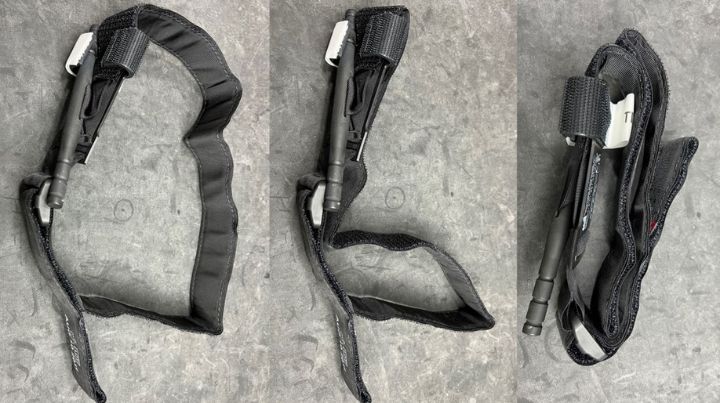Prepping for Massive Bleeding Scenarios

One of the most important medical skills we can know and possess is stopping massive bleeding. We are exponentially more likely to need medical skills than any defensive skills. If we are in a situation that requires our defensive skills, it is just as likely to require our medical skills. The same can not be said for the inverse. Massive bleeding from the extremities is the number one preventable death on the battlefield. That means that those casualties would not have died if the patient or someone else had been able to stop the bleeding. They would survive. Apply that to our own lives with car crashes, workplace injuries, hunting and fishing accidents, and active threat incidents.
Massive bleeding from the extremities is considered preventable because we can quickly prevent blood loss with a simple intervention, the tourniquet. Tourniquets are simple to learn how to apply, easy to carry, and can be applied very fast. If you’re limited on carry/cargo space for your EDC, a tourniquet should be high on your priority list. There are several models out there; some are less bulky and may work better on small-limbed people, but I would place my trust in the effectiveness of the CAT and SOF-TW.
Whichever models you carry, I suggest training with them and learning how to apply them properly. This includes your family members or travel partners. Depending on the severity and location of the massive bleed, we can bleed out in 2-5 minutes and lose enough to go unconscious in 90-120 seconds. The standard is to be able to apply a tourniquet on our own limb in 30 seconds. This is highly achievable with a solid understanding of the application and minimal but regular practice.
For massive bleeds in locations other than the limbs, like armpits and groin, we can apply the technique of packing the wound with either hemostatic (bleeding control) gauze or non-hemostatic gauze and then creating a pressure dressing over the packed gauze. In a dire situation, we can use any clean (or mostly clean) material to pack the wound. Tourniquets should be carried or stored in a ready bag out of the protective packaging and can be prepped with a big loop folded over to minimize size. There are many techniques to carry Tourniquets for EDC, but the priority should be for ease of rapid access and deployment, usually by either hand.
For either method of stopping massive bleeding, immediately apply direct pressure to the point of bleeding while a tourniquet or wound packing material is grabbed. To properly apply a tourniquet, they should be placed high and tight on the extremity, near the groin or armpit. If placed over clothing, make sure there is nothing in the pockets that would interfere with the pressure applied by the tourniquet. Pull the strap’s tail as tight as possible before turning the windless (most tourniquets will only get 1-3 rotations after locking down the tail) and secure with velcro if required. Then turn the windless until the bleeding stops. Secure the windless. Keep the tourniquet tight and check on it again if you move the casualty. Seek the next level of care or transport to a hospital. Do not remove a tourniquet once applied.
For wound packing, locate the bleed and apply direct pressure, most likely with one or two fingers. Using your other hand unravel the gauze and guide the end into the wound with your fingers to replace the fingers applying direct pressure. You will continue to pack gauze into the wound, replacing the fingers and applying direct pressure until you can’t get more material in the wound. Apply direct pressure to the wound packing material for 3 minutes when using hemostatic gauze and 10 minutes with non-hemostatic gauze. Then we can apply a pressure dressing like an Israeli bandage over the wound pack for transport. Do not pack a wound to the abdomen, chest, or neck to prevent complications with breathing. Injuries in those areas are usually too deep to pack and apply pressure to the bleed effectively.
As with any skill, seek out highly experienced professionals for proper training. A good source is Stop the Bleed. They provide information, training, and medical supplies. You can carry tourniquets on your person, medkits stored in your backpack or vehicle, work, and anywhere else you may need one. Purchase from reputable sources, as there are many inferior knock-offs at highly discounted prices. Your life is worth the money. Pay for real ones. If you store your tourniquets in direct sunlight or exposed to the environment, consider inspecting them and changing them out as needed.
